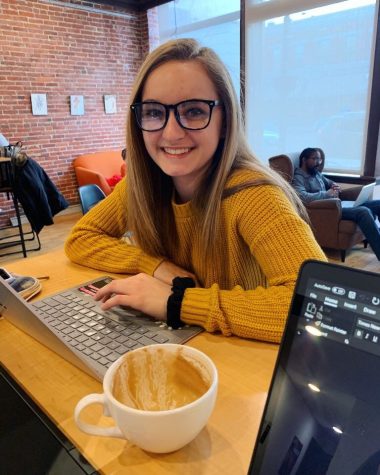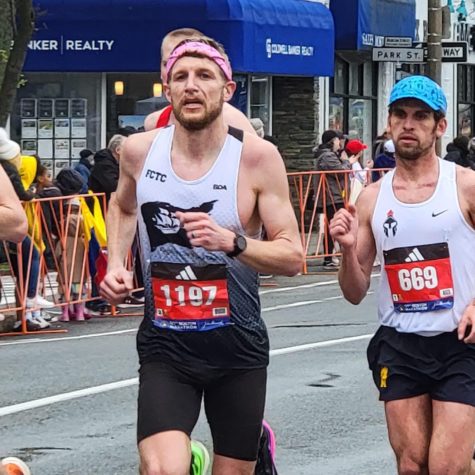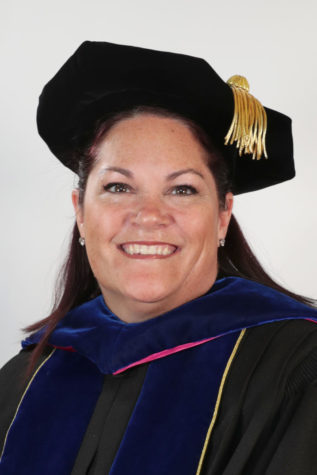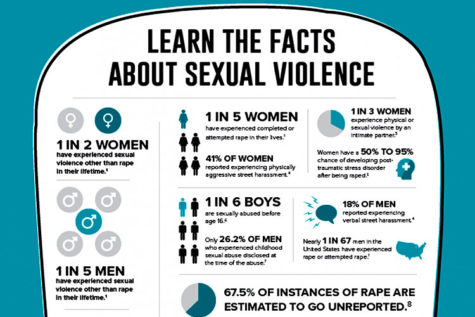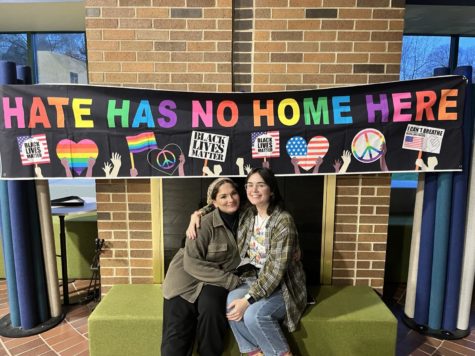History Club screens ‘Miss Navajo’ film
April 2, 2019
With Women’s History Month coming to an end, the History Club took the opportunity to celebrate women of diverse backgrounds with a showing of “Miss Navajo” on March 27.
The film was recommended by History Club co-president Hannah Pfeifer, who first watched the film in her Navajo Ethnography course. Pfeifer found it to be a perfect representation of First Nation Women.
“The History Club did not want to only celebrate white Women’s History Month but have a true celebration of women of all ethnicities and backgrounds,” History Club co-president Alexandra Strauss said.
Directed and produced by Billy Luther, “Miss Navajo” follows seven young women as they enter a five-day-long beauty pageant, striving for the title of Miss Navajo 2005-06.
The competition spans beyond American values of beauty and instead expects competitors to properly represent the culture and preserve its traditions. This requires competitors to exhibit knowledge of Navajo government, history and current issues, speak the Navajo language and perform traditional skills of sheep butchering and bread making.
“I wish more western-style beauty pageants and contests would use the Miss Navajo contest as a model. The impact on young women would be extremely beneficial in helping girls navigate through the many challenging aspects of being a women in a society that constantly portrays the ‘ideal image of beauty’ as being merely physical,” junior History major Molly Kennedy said. “Miss Navajo identifies internal beauty as being more important to the present and future Navajo people.”
Following the film, students had the opportunity to participate in a panel, led by History Club adviser and professor Averill Earls, Ph.D. Unlike traditional panels, students had the opportunity to join in the conversation, giving them the opportunity to reflect on what they learned from the film and any questions or concerns that arose.
Students also had the opportunity to hear from Sister Natalie Rossi of Campus Ministry, who worked with the Navajo for several years.
Overall, Strauss considers this event to be highly successful with the highest attendance of any History Club event for the semester and rave student reviews of the film.
“The History Club was hoping that the students were able to gain an insight into a perspective of history not commonly discussed in schools and that they can appreciate cultures that are different than their own,” Strauss said.
Senior Environmental Science major Angelea Belfiore attests to this. “I learned not only about the pageant and its requirements, but also about what life is like on the Navajo reservation,” Belfiore said. “The different factors of the pageant show what they find to be important in society, such as preservation of language, historical traditions and being sufficient in making and preparing food.”
Junior history major William Riva also learned about the importance of Miss Navajo.
“I learned a lot from the film, mostly about how important Miss Navajo is to the whole tribe, as both a major political and leader role,” Riva said. “It is not an easy thing to accomplish, and yet many women have the strength and courage to take this extremely important role into their own lives for the betterment of the tribe. It was the perfect way to end Women’s History Month.”

